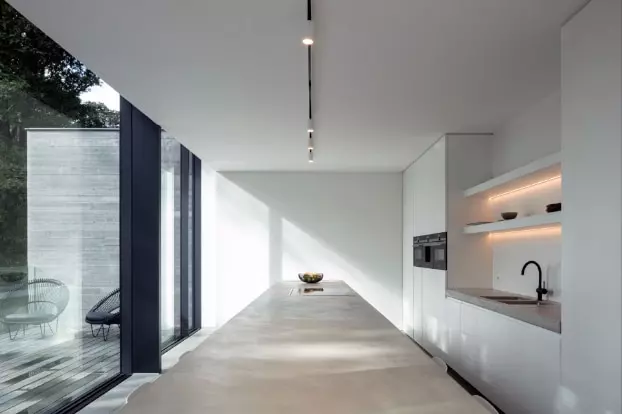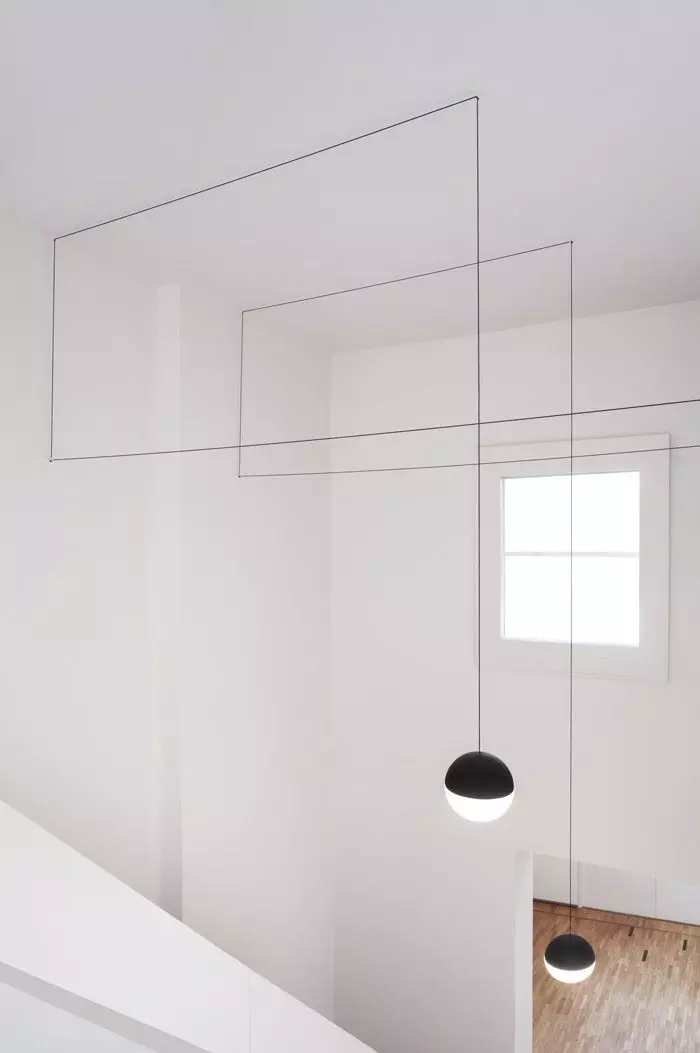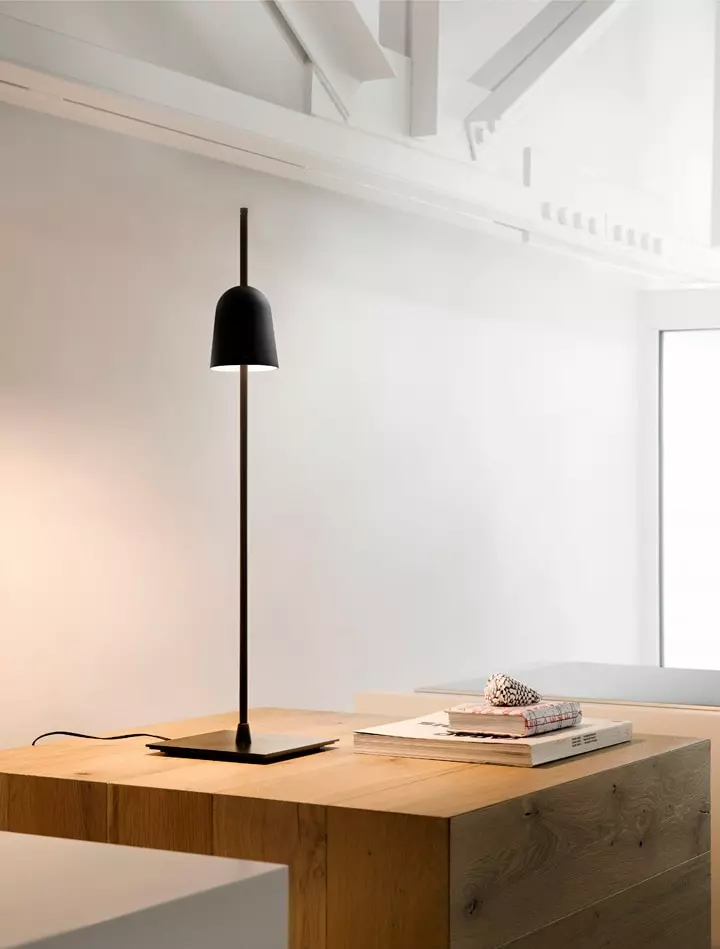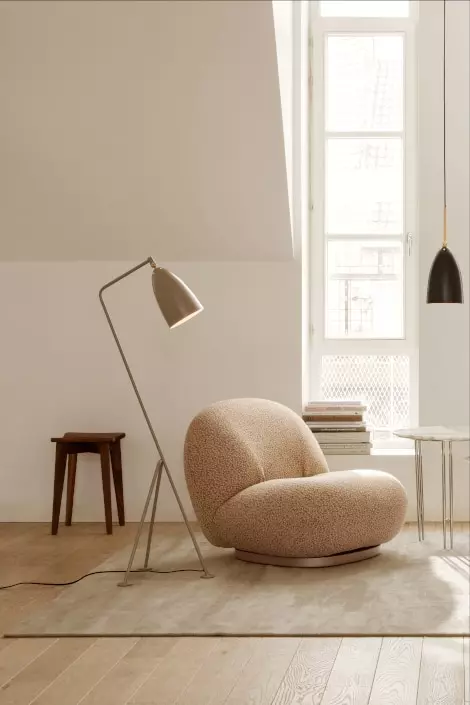If you're seeking a design style that prioritizes simplicity and elegance, look no further than minimalist interior design. With its motto of "less is more," this style focuses on removing unnecessary elements to create a clean and uncluttered living space. In this article, we'll explore the origins and characteristics of minimalist design, as well as its benefits and lighting suggestions to enhance your minimalist interior.
A Journey into Minimalism's Roots
The minimalist interior style we know today gained popularity towards the end of the 20th century, drawing inspiration from Japanese interior design. In Japanese homes, the concept of "Ma" is essential. Translated as "emptiness" or "silence," Ma focuses on finding a balance between available space and furniture, believing that clutter-free rooms have a soothing effect on the body.
Essential Characteristics of Minimalist Interior Design
Minimalist design can be distilled into its core elements, which consistently reappear in this style:
Clean Lines
The minimalist interior exudes modernity, devoid of excessive decoration. Instead, clean lines and simple forms take center stage, creating a pure and refined design philosophy.
No Mess
When exploring examples of minimalist interiors, one thing becomes evident: clutter has no place here. Old newspapers, slippers, and blankets are nowhere to be seen. By minimizing accessories and storing items in closed cabinets, distractions are eliminated.
Pure Color Palette
The color palette of minimalist interiors remains strikingly simple, often consisting of white tints. Black serves as a popular contrast color, while occasional splashes of vibrant hues can be added to alleviate the sterility.
Abundant Light
Light plays a crucial role in minimalist design, both natural and artificial. With minimal use of curtains, natural light floods the space, amplifying the sense of openness. Additionally, white walls and ceilings reflect light, expanding the perceived size of each room.
Embracing Open Spaces
Minimalist interiors embrace an open layout, featuring ample space and open kitchens. This emphasis on breathing room creates a heightened sense of tranquility within the house.
Thoughtful Material Selection
Minimalist interiors often incorporate poured floors and cabinets with a glossy white or black finish. The occasional addition of wooden accents adds warmth and balances the overall aesthetic, resulting in a design that feels futuristic yet soothing.
Why Choose Minimalism for Your Interior Design?
The minimalist design style offers numerous advantages:
- Simplicity, luminosity, and the absence of clutter contribute to a sense of calm and Zen.
- The minimalist approach is budget-friendly, requiring minimal furnishings and decorative pieces.
- Easy maintenance and cleaning are hallmarks of minimalist interiors.
- Furniture takes center stage, allowing each piece to shine.
- Bright colors and open spaces create an illusion of more significant living areas.
Illuminate Your Minimalist Interior: Lighting Suggestions
As lighting experts, we believe that proper lighting is crucial in highlighting the beauty of minimalist interior design. Here are our lighting recommendations:
Indirect Lighting
For discrete illumination, consider incorporating LED strips. Invisible during the day, these lights come to life at night, adding a subtle accent to the straight lines of ceilings, kitchens, and entertainment centers. Explore fixtures like Absinthe and Delta Light for inspiration.
 Absinthe indirect lighting
Absinthe indirect lighting
Recessed Spotlights
Recessed spotlights serve as another excellent lighting option. Their versatility and unobtrusive design make them a perfect fit for minimalist interiors. Choose from various shapes, sizes, and adjustability to achieve the desired ambiance.
 Recessed spotlights in a kitchen
Recessed spotlights in a kitchen
Flos String Light
With the Flos String Light pendant lamp, you can enhance the straight lines of your minimalist interior. Its 12-meter-long cable creates a captivating visual feature within the space.
 Flos String Light
Flos String Light
Astro Enna
The Astro Enna floor lamp epitomizes minimalist design. Its clean lines, matte metal finish, and sophisticated lighting make it a stunning addition to any "less is more" interior. Explore the collection for wall and table lamps that complement the style.
 Astro Enna
Astro Enna
&Tradition Como
Looking for a compact and cordless table lamp? The &Tradition Como is a versatile choice, whether you need to light up a romantic dinner or create a cozy atmosphere during warm summer evenings.
 &Tradition Como
&Tradition Como
Luceplan Ascent
The Luceplan Ascent showcases the elegance of simple shapes. Featuring a circular lamp shade, slender guide, and square base, it creates a stylish focal point in a minimalist interior. Adjust the light intensity by sliding the cap, adding functionality to its timeless design.
 Luceplan Ascent
Luceplan Ascent
Wever & Ducré Wiro
The Wever & Ducré Wiro pendant lamp captivates with its wire construction, exuding both lightness and sturdiness. The black model contrasts beautifully against a white minimalist interior.
 Wever & Ducré Wiro
Wever & Ducré Wiro
Gubi Gräshoppa
We conclude with the iconic Gubi Gräshoppa design by Greta Grossman. Its simple yet distinctive base adds a touch of elegance to any interior. With a wide range of color options, you can find the perfect fit for your living room.
 Gubi Gräshoppa
Gubi Gräshoppa
Embrace Simplicity and Create Your Minimalist Haven
If you crave a lifestyle with less, the minimalist interior design style beckons. Now armed with the theory, it's time to put it into practice. Enjoy the process of decorating your space, keeping in mind that simplicity, openness, and light are the fundamental principles of this remarkable design approach.
















